Home decor & lighting tips


My Sylvania room makeover taught me a few things about the difficulties of turning one small room into a multi-functional space that serves as a craft room, an office, and a guest room. I wanted to share what I learned with you. Here are my top five small-space decorating and lighting tips. And if you have any tips to share, I’d love to hear them. Just leave a comment below.
1. Combining up and down lighting
Most older homes — especially rentals like mine — don’t have enough built-in lighting. And one lamp will not do the job, even in small rooms. To brighten up your space without much effort, combine up-lights (table or floor lamps) with down-lights (pendants) and spotlights (under or inside cabinets, inside closets, or hung over a piece of art).


FOR EXAMPLE: My small office/craft/guest room now has eight light sources: three up lights (table lamps), two down lights (pendants), two spotlights, and one night light/flashlight. All of them use Sylvania LED bulbs, which are so energy efficient I can afford to have all of them on at once. With multiple light sources, I have more control over the level of light in the room. And the Sylvania LED light bulbs are dimmable, so my main light is now on a dimmer switch, giving me even more control.
2. Choosing furniture and accessories for small spaces
Furniture stores are generally large open spaces, so furniture looks smaller than it will in your home. Measure and plan your space before making big purchases. Choose furniture and accessories that are proportionate to the room.
Choose smaller lamps and lamp shades. Tall lamps or large shades can block lines of sight and make a space feel smaller. And choose chairs or sofas with narrow arms. Wide or rolled arms can eat up 6 to 12 inches of precious space.


FOR EXAMPLE: I planned to reuse an old table lamp from my living room in my office makeover. When staging the room, I realized that the tall lamp was overwhelming. It blocked the window and my line of sight. I replaced it with a small, translucent bedside lamp. My office felt more open and airy immediately.


3. Selecting paint color
When choosing wall colors, look at the paint samples in the same lighting that is in your room. Most paint stores only have florescent lighting, so the color you choose may look much different at home. Take the swatch home and tape it to the wall — or buy a sample and paint a swatch. Then watch how the color changes in daylight or lamp light. Choose the color that best suits both lighting situations.


FOR EXAMPLE: I chose a pastel turquoise color for my office. I tested it on my walls, and loved the result. In afternoon light it looks baby blue. In morning or lamp light, it looks more green. Both hues worked for me.
4. Decorating your walls
Go big on the walls. Nothing makes a room look unfinished more than blank walls — or one small frame on a vast space. Add some pop with one large piece of art or a collection of smaller photos or art grouped together.
Enlarge and brighten a room with a big mirror. Paint a mural or even go bold with an oversized clock. You can usually err on the larger side when it comes to decorating walls. Remember to hang at eye level and properly light your art too.


FOR EXAMPLE: I designed a giant magnet board for my office wall to organize my supplies and display my favorite ephemera. It’s the focal point of the room and it cohesively organizes many small individual items (calendar, to do list, etc.).
5. Using vertical storage
If you don’t have enough storage (and who does?) take advantage of your vertical space. Everyone knows armoires, tall cabinets, and bookshelves are great for hiding and organizing clutter. What about hanging a magazine rack or spice rack? Or a pegboard with all your craft supplies? Why not move your office inbox to the wall with a file folder rack? Or mount a high shelf over the door? With the right reinforcements (ie. studs, wall anchors, or molly bolts), there isn’t much you can’t hang on the wall.


FOR EXAMPLE: I put small office supplies in magnetic tins, trays, and hooks on my giant magnetic board. I mounted a wall rack that holds all my ribbon and duct tape. I placed two over-the-door hooks on one of the closet doors to use as valet hooks. And I hung a magazine rack with file folders where I sort the contents of my inbox. Going vertical frees up space on my desktop and work spaces, and frequently used items are right at hand.
This post is sponsored by Sylvania. I received monetary compensation for my participation, but my review and opinions are my own.



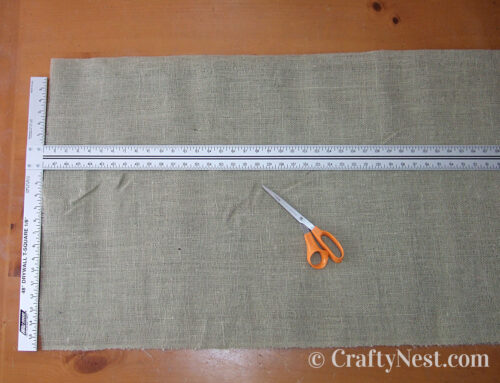
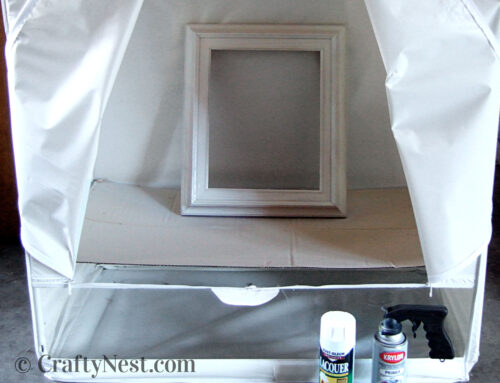
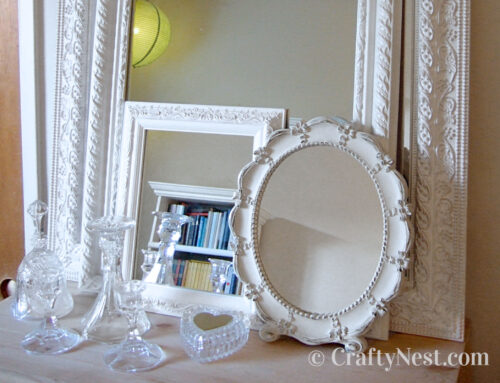
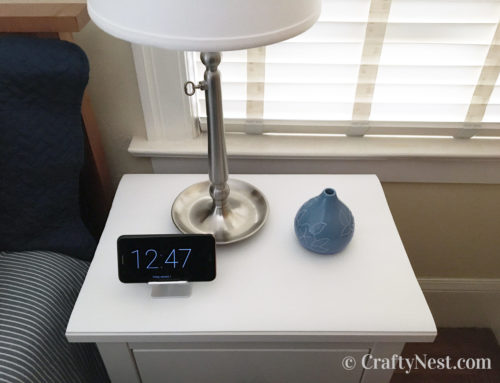
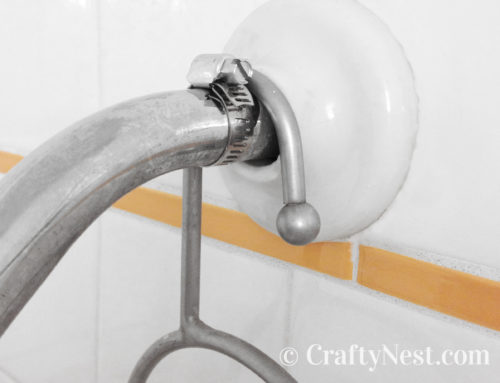
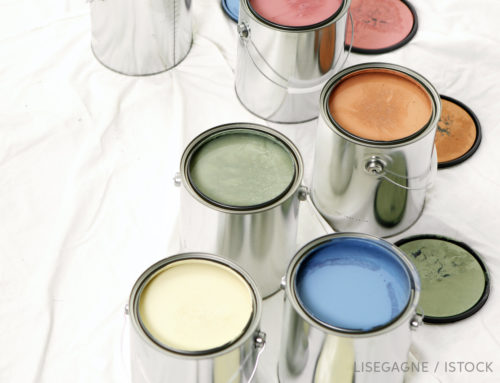
Leave A Comment